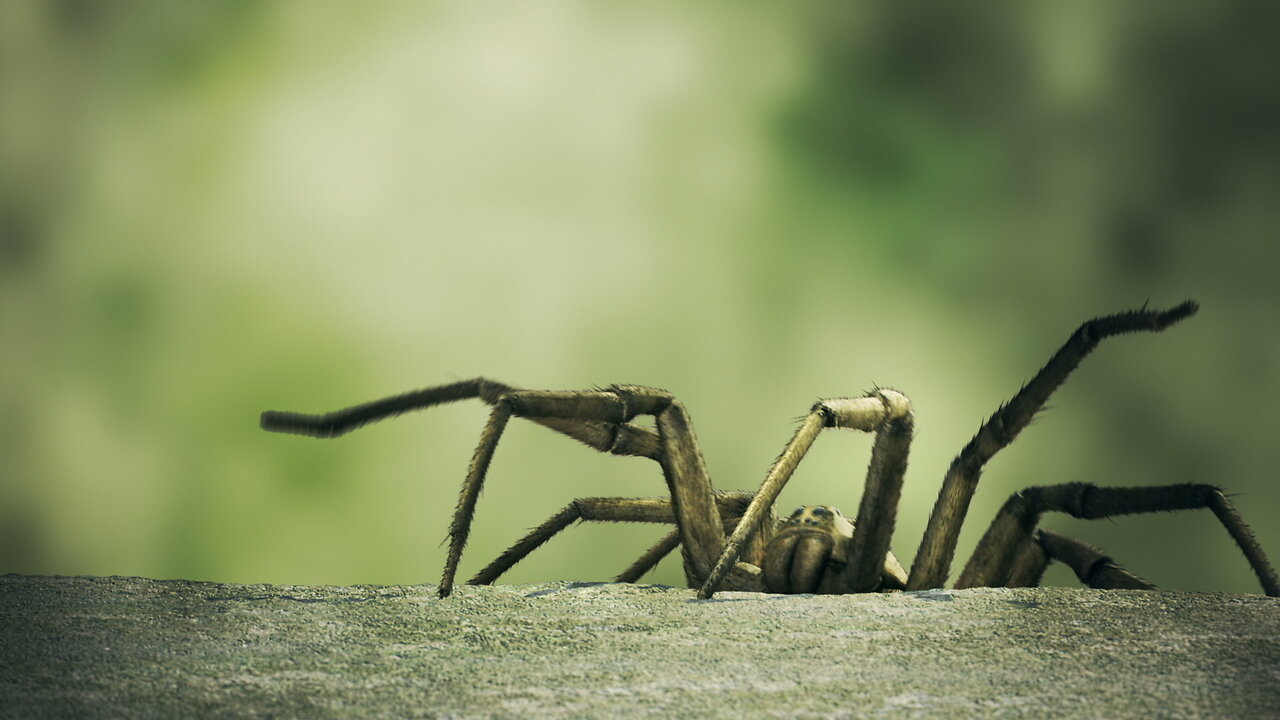Premium Only Content

Animal-Encounter Fatalities by Country and World
This bar chart race shows human fatalities as a direct result of venomous and non-venomous animal contact, by country and world, accumutaled, annually deaths and rate per 100,000, from 1990 to 2019. Deaths from diseases from animal contact, such as malaria and rabies, are excluded (check out other videos).
Human fatalities resulting from contact with venomous and non-venomous animals vary in frequency and severity. Venomous animals, such as snakes, spiders, and certain marine creatures, pose a significant threat. Snakebites, in particular, contribute to a substantial number of fatalities globally, with estimates suggesting tens of thousands of deaths annually. Africa, Southeast Asia, and South Asia are regions where snakebite-related fatalities are more prevalent due to the abundance of venomous species.
In contrast, non-venomous animal encounters typically result in fewer fatalities, but certain species can still pose risks. Large mammals, like elephants or hippos, may cause fatalities through direct attacks, especially in regions where human-wildlife conflicts are common. Insects like bees and wasps, though not typically lethal on an individual basis, can cause fatal allergic reactions in some cases.
Marine animals, both venomous and non-venomous, contribute to fatalities through encounters such as shark attacks, jellyfish stings, and encounters with other hazardous species. While such incidents are relatively rare, they capture public attention due to their dramatic nature.
Effective prevention and management strategies are crucial to mitigate the risks associated with both venomous and non-venomous animals. Education on snakebite first aid, the use of antivenom, and appropriate medical intervention can significantly reduce snakebite-related fatalities. In areas prone to human-wildlife conflicts, implementing measures like secure fencing, early warning systems, and community education can help minimize fatal encounters with large mammals.
Understanding the biology and behavior of animals, coupled with responsible tourism practices, can contribute to safer interactions between humans and non-venomous wildlife. Additionally, advancements in medical research and technology play a vital role in developing antivenom and improving treatment options for bites and stings.
While human fatalities resulting from venomous and non-venomous animal contact are concerning, it's important to note that such incidents represent a relative small fraction of overall mortality. Nonetheless, ongoing efforts in education, research, and conservation are essential for fostering coexistence and minimizing the risks associated with human-animal interactions.
Source: IHME
Data visualization created with flourish.studio
-
 LIVE
LIVE
Awaken With JP
3 hours agoCrenshaw Threatens to Kill Tucker and Other Wild Happenings - LIES Ep 80
3,659 watching -
 LIVE
LIVE
In The Litter Box w/ Jewels & Catturd
19 hours agoCrenshaw Threatens Tucker | In the Litter Box w/ Jewels & Catturd – Ep. 749 – 2/25/2025
4,800 watching -
 LIVE
LIVE
Barry Cunningham
5 hours agoTRUMP DAILY BRIEFING - WATCH WHITE HOUSE PRESS CONFERENCE LIVE! EXECUTIVE ORDERS AND MORE!
2,240 watching -
 LIVE
LIVE
Russell Brand
1 hour agoBREAK BREAD EP. 15 - LECRAE
1,222 watching -
 1:37:26
1:37:26
The Officer Tatum
2 hours agoLIVE Rachel Maddow, Don Lemon MELTDOWN Over Joy Reid's FIRING! + More Ep 68
4.95K5 -
 UPCOMING
UPCOMING
The Gateway Pundit
28 minutes agoEpstein & JFK Files BLOCKED: Luna’s SHOCKING Clash with Pam Bondi! | Elijah Schaffer & Jim Hoft
-
 2:03:21
2:03:21
The Quartering
3 hours agoDan Crenshaw Hot Mic Threat, Jake Paul Endorses Vivek, and Kathleen Kennedy Leaves Lucasfilm
30.1K18 -

Viss
5 hours ago🔴LIVE - Precision Guided & Strategic PUBG Tactics!
3.68K2 -
 1:06:58
1:06:58
The White House
3 hours agoPress Secretary Karoline Leavitt Briefs Members of the Media, Feb. 25, 2025
28.3K23 -
 1:34:46
1:34:46
Russell Brand
3 hours agoControl Slipping: Germany’s Vote, Ukraine, Apple, and Joy Reid – SF543
74K22